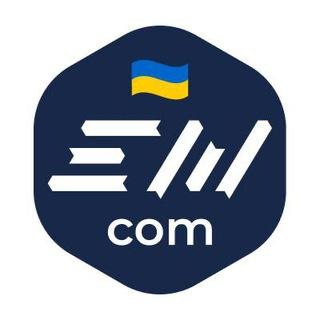
ETH
完全摊薄估值
$306,964,776,120.02
24H 现货交易量
$12,939,950,583.36
项目开始时间

2014年7月24日
关于
1. Background IntroductionEthereum.org is the official website of Ethereum, a decentralized blockchain platform founded by Vitalik Buterin in 2015. Ethereum enables smart contracts and decentralized applications (DApps) to be built and run without downtime, fraud, or third-party interference. It is the second-largest cryptocurrency by market capitalization after Bitcoin and has become the foundation for the decentralized finance (DeFi) ecosystem and non-fungible tokens (NFTs).2. Core Website ContentThe Ethereum.org website serves as an educational and informational hub. Key sections include: an overview of Ethereum, guides for beginners, developer documentation, community resources, and updates on Ethereum's transition to Ethereum 2.0 (Proof-of-Stake). The site emphasizes Ethereum's use cases, such as DeFi, NFTs, and DAOs, while providing tools for developers to build on the platform.3. Technical FeaturesEthereum's technical innovations include: Smart Contracts (self-executing contracts with terms written in code), Ethereum Virtual Machine (EVM) for running smart contracts, and a shift from Proof-of-Work (PoW) to Proof-of-Stake (PoS) consensus mechanism with Ethereum 2.0. The platform also supports ERC-20 (for tokens) and ERC-721 (for NFTs) standards, enabling interoperability across applications.4. Token EconomicsEthereum's native cryptocurrency, Ether (ETH), is used to pay for transaction fees (gas) and computational services on the network. ETH has a flexible monetary policy, with issuance rates adjusted based on network activity. The transition to PoS introduces staking rewards, where users can earn ETH by validating transactions. ETH's value is driven by its utility within the Ethereum ecosystem.5. Similar Competitor ComparisonEthereum faces competition from other smart contract platforms like Binance Smart Chain (BSC), Solana, and Cardano. BSC offers lower fees but is more centralized. Solana boasts high throughput but has faced network stability issues. Cardano focuses on academic rigor but has slower development. Ethereum's main advantages are its first-mover advantage, large developer community, and robust decentralization.6. Risks and ChallengesKey challenges include: Scalability issues (high gas fees during peak demand), competition from faster/lower-cost chains, regulatory uncertainty around cryptocurrencies, and the complexity of transitioning to Ethereum 2.0. Security risks like smart contract vulnerabilities and potential centralization in PoS are also concerns.7. Industry FutureEthereum is poised to remain a leader in blockchain innovation. The successful transition to PoS could improve scalability and sustainability. Growth areas include: Layer 2 scaling solutions (e.g., rollups), enterprise adoption, and expansion of DeFi/NFT use cases. Ethereum's modular roadmap (with separate chains for execution, consensus, etc.) may set new standards for blockchain architecture.8. SummaryEthereum.org effectively communicates Ethereum's vision as a decentralized world computer. While facing scalability and competition challenges, Ethereum's strong developer ecosystem, ongoing upgrades, and diverse applications position it as a foundational platform for Web3. The website serves as a comprehensive resource for both newcomers and experienced users in the crypto space. 更多>














































 看多
看多
 看空
看空